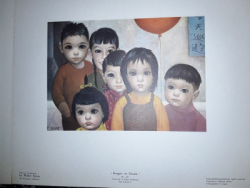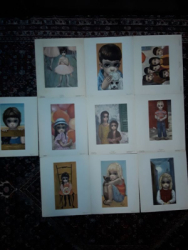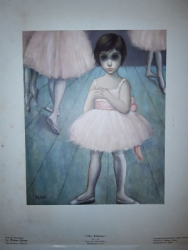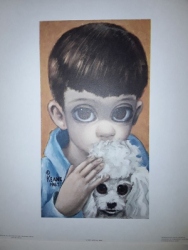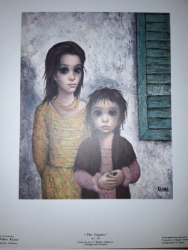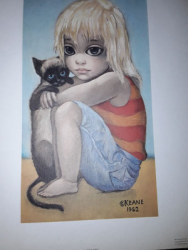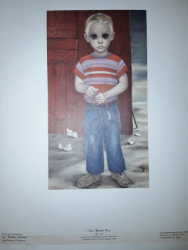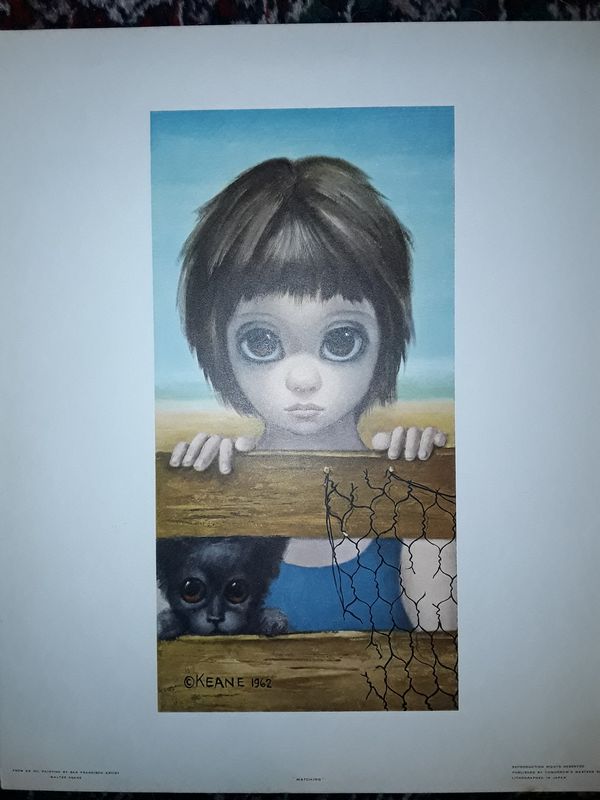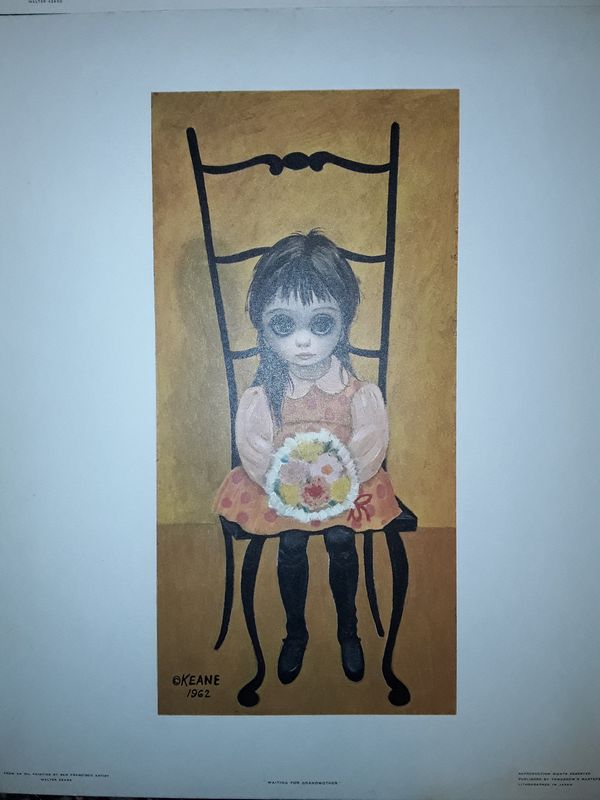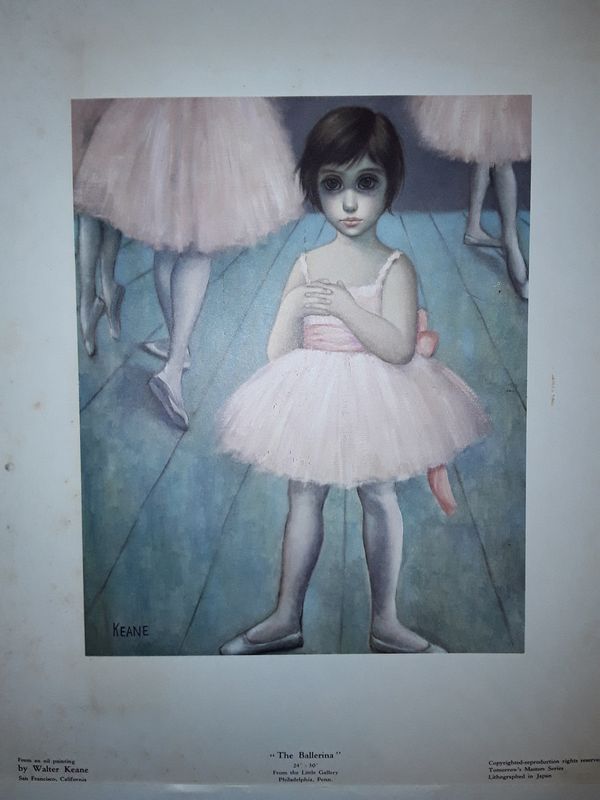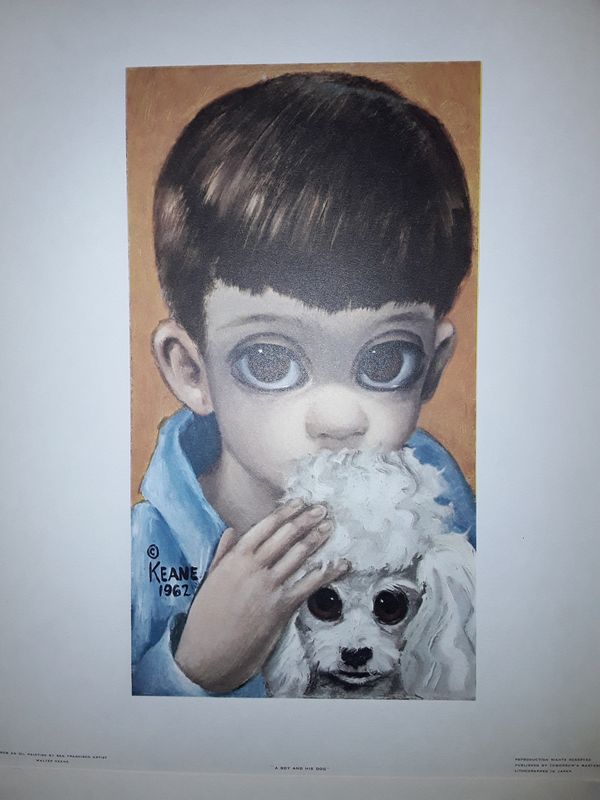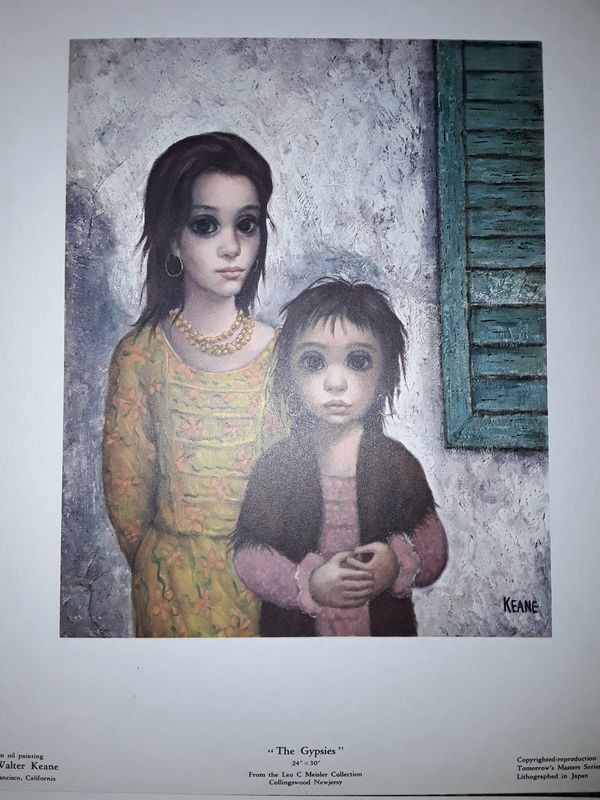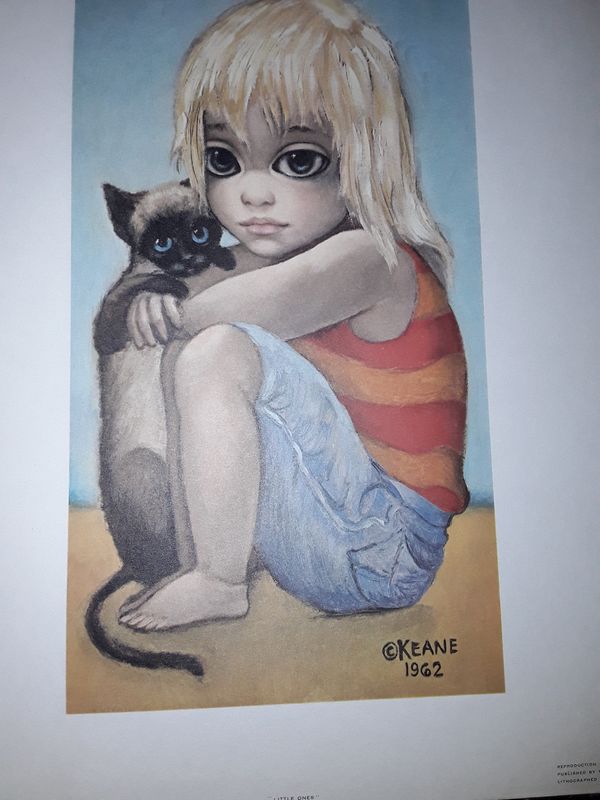Items located in Pleasant Valley. Items include collection antique and vintage, American and French, ephemera, lithographs by "Big Eyes" Walter & Margaret Keane, charcoal portfolio and newspapers including a large collection of Le Petite Journal circa 1904.
Payment is due by Friday, March 9 at 1PM.
Pickup in Pleasant Valley, NY must be completed by Friday, March 9 at 3PM.
All lots sold as is, where is. There is a 15% Buyers Premium for all lots purchased. Payment methods include cash, MC, Visa, Discover or good check. You can make credit card payment online by going to your Member Area and selecting your invoice.
Payment is due by Friday, March 9 at 1PM.
Pickup in Pleasant Valley, NY must be completed by Friday, March 9 at 3PM.
All lots sold as is, where is. There is a 15% Buyers Premium for all lots purchased. Payment methods include cash, MC, Visa, Discover or good check. You can make credit card payment online by going to your Member Area and selecting your invoice.
Auction Info
Items located in Pleasant Valley. Items include collection antique and vintage, American and French, ephemera, lithographs by "Big Eyes" Walter & Margaret Keane, charcoal portfolio and newspapers including a large collection of Le Petite Journal circa 1904.
Payment is due by Friday, March 9 at 1PM.
Pickup in Pleasant Valley, NY must be completed by Friday, March 9 at 3PM.
All lots sold as is, where is. There is a 15% Buyers Premium for all lots purchased. Payment methods include cash, MC, Visa, Discover or good check. You can make credit card payment online by going to your Member Area and selecting your invoice.
Payment is due by Friday, March 9 at 1PM.
Pickup in Pleasant Valley, NY must be completed by Friday, March 9 at 3PM.
All lots sold as is, where is. There is a 15% Buyers Premium for all lots purchased. Payment methods include cash, MC, Visa, Discover or good check. You can make credit card payment online by going to your Member Area and selecting your invoice.
Categories:
|
Next
10 Vintage circa 1950-60 prints "by" Walter Keane, multiple titles, all from San Francisco, Lithographed on Japan. "Born in Lincoln, Nebraska, Walter Keane became a highly-popular post World War II who was credited as a figure painter of wide-eyed "lost" children, waif-like and sympathy provoking. These images were reproduced throughout the world with originals in many collections including the United Nations, the National Museum of Contemporary Art in Madrid, Spain, and the National Museum of Western Art in Tokyo, Japan.
At the age of fifteen, he moved to Los Angeles to live with an uncle, and as a young adult, seemed headed towards a business career, following in the footsteps of his father. However, he began painting on his own, and in 1938, abandoned the business idea to attend college in Berkeley from where he graduated three years later.
He became so torn emotionally between the pressure of his father to be practical and go into business and his own inner drive to be an artist that he developed ulcers. But late in 1943, he made the final decision to become an artist and painted full time for a year in Berkeley and then enrolled in the Ecole des Beaux Arts in Paris where he lived a raucous Bohemian-style life.
In Paris, according to the 'official' version of the story, he painted street scenes and figures including nudes, and from 1946 to 1947, he went to Berlin where he began his signature theme of "Lost Children." These paintings were inspired by his shock at seeing the thousands of war-orphaned, poverty-stricken children. Wanting to capture the realism of these people, he abandoned the Abstract Expressionism he had flirted with and focused on a style that more closely resembled Realism with elements of Modernism.
He stayed in Europe until 1949 and then returned to Berkeley where he worked from his Berlin drawings and did a lot of painting in Sausalito, living at North Beach. He married his wife, Margaret, also an artist, and they lived in Oakland, and became public personalities because his work was collected by so many movie stars.
By 1956, he and Margaret opened a gallery at the Royal Hawaiian Hotel in Honolulu, and again his work got much attention. Shortly after, the couple returned to San Francisco where they had a gallery at 494 Broadway for two years and then opened a gallery in New York City. Again he had many collectors but also received criticism for being repetitious with every canvas having a "lost" child.
In 1965, Walter and Margaret Keane divorced, and a judge ruled against him when he made claims that certain paintings of waif-like children signed Keane were by him. When the judge asked Margaret and Walter to each produce a painting in that style and subject matter, he declined and she readily performed. The conclusion, according to "Artnews" November, 2000 is that some of the paintings attributed to him are in fact by his former wife."
More Details
10 Vintage circa 1950-60 prints "by" Walter Keane, multiple titles, all from San Francisco, Lithographed on Japan. "Born in Lincoln, Nebraska, Walter Keane became a highly-popular post World War II who was credited as a figure painter of wide-eyed "lost" children, waif-like and sympathy provoking. These images were reproduced throughout the world with originals in many collections including the United Nations, the National Museum of Contemporary Art in Madrid, Spain, and the National Museum of Western Art in Tokyo, Japan.
At the age of fifteen, he moved to Los Angeles to live with an uncle, and as a young adult, seemed headed towards a business career, following in the footsteps of his father. However, he began painting on his own, and in 1938, abandoned the business idea to attend college in Berkeley from where he graduated three years later.
He became so torn emotionally between the pressure of his father to be practical and go into business and his own inner drive to be an artist that he developed ulcers. But late in 1943, he made the final decision to become an artist and painted full time for a year in Berkeley and then enrolled in the Ecole des Beaux Arts in Paris where he lived a raucous Bohemian-style life.
In Paris, according to the 'official' version of the story, he painted street scenes and figures including nudes, and from 1946 to 1947, he went to Berlin where he began his signature theme of "Lost Children." These paintings were inspired by his shock at seeing the thousands of war-orphaned, poverty-stricken children. Wanting to capture the realism of these people, he abandoned the Abstract Expressionism he had flirted with and focused on a style that more closely resembled Realism with elements of Modernism.
He stayed in Europe until 1949 and then returned to Berkeley where he worked from his Berlin drawings and did a lot of painting in Sausalito, living at North Beach. He married his wife, Margaret, also an artist, and they lived in Oakland, and became public personalities because his work was collected by so many movie stars.
By 1956, he and Margaret opened a gallery at the Royal Hawaiian Hotel in Honolulu, and again his work got much attention. Shortly after, the couple returned to San Francisco where they had a gallery at 494 Broadway for two years and then opened a gallery in New York City. Again he had many collectors but also received criticism for being repetitious with every canvas having a "lost" child.
In 1965, Walter and Margaret Keane divorced, and a judge ruled against him when he made claims that certain paintings of waif-like children signed Keane were by him. When the judge asked Margaret and Walter to each produce a painting in that style and subject matter, he declined and she readily performed. The conclusion, according to "Artnews" November, 2000 is that some of the paintings attributed to him are in fact by his former wife."
High Bid:
$35.00 – glibby
Auction Type: One Lot
Quantity: 1
Bidding has closed on this lot


